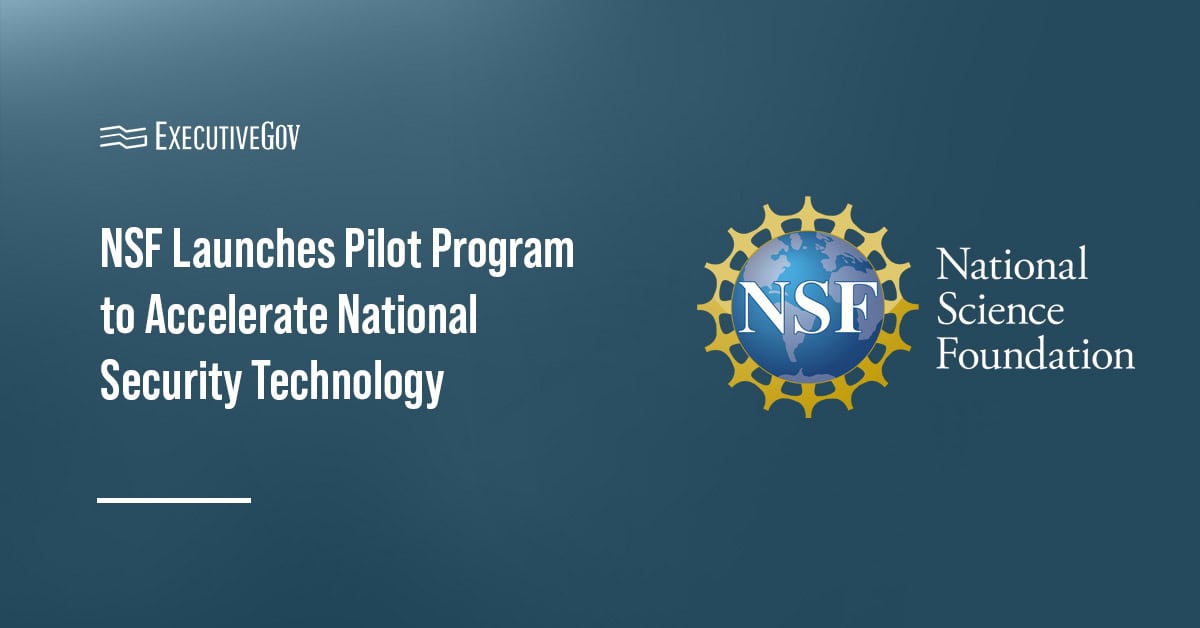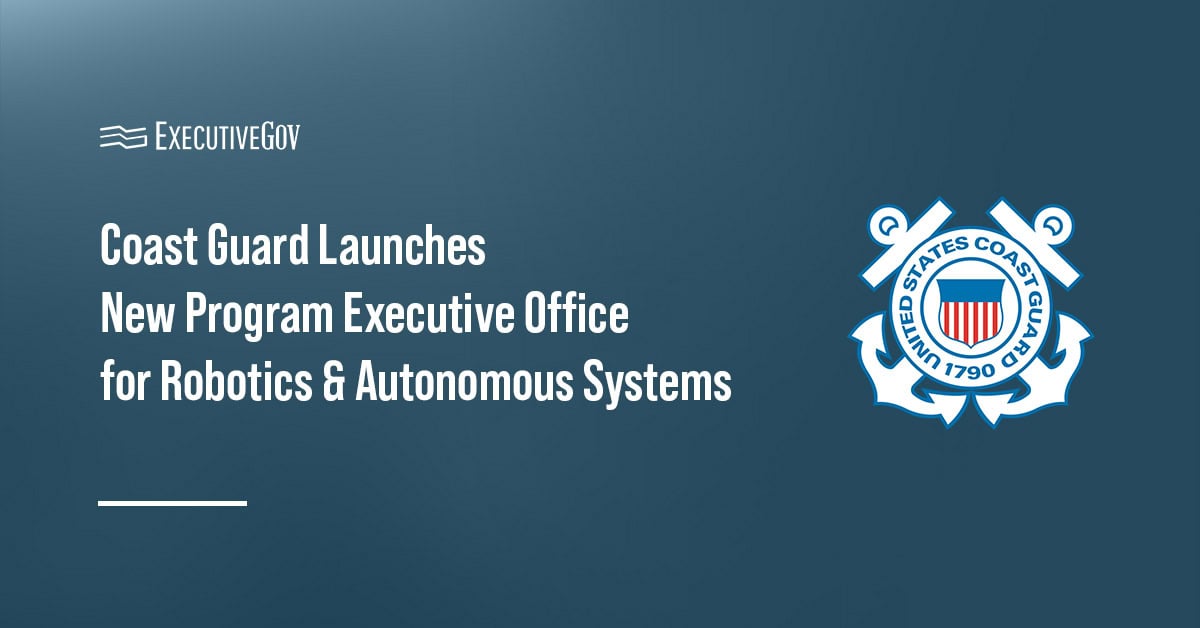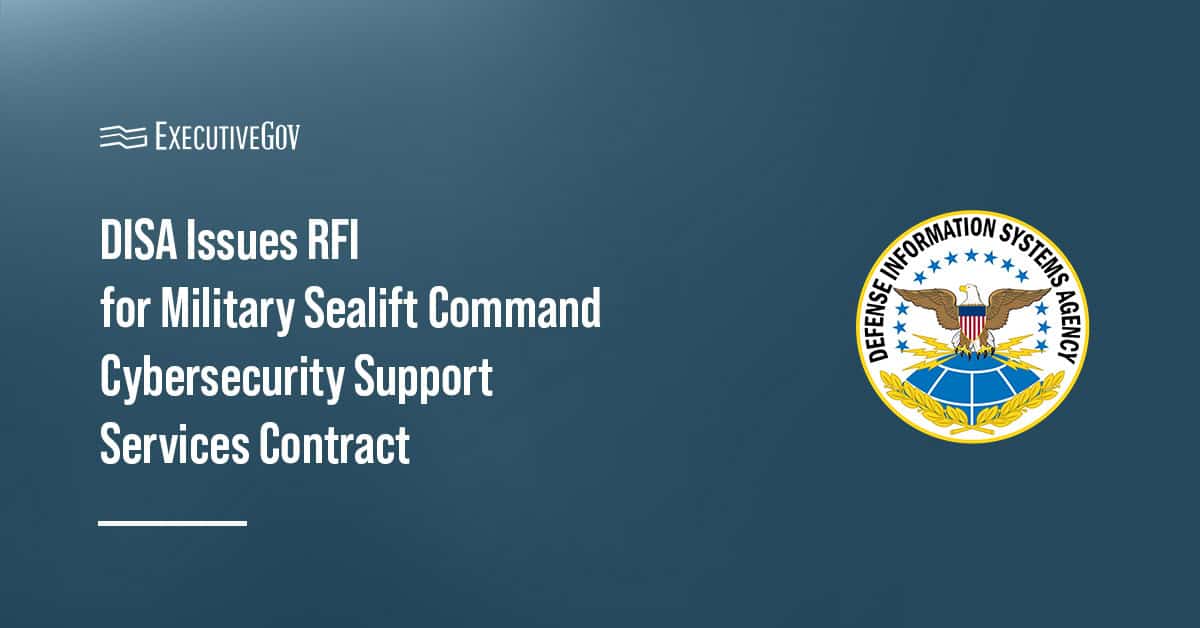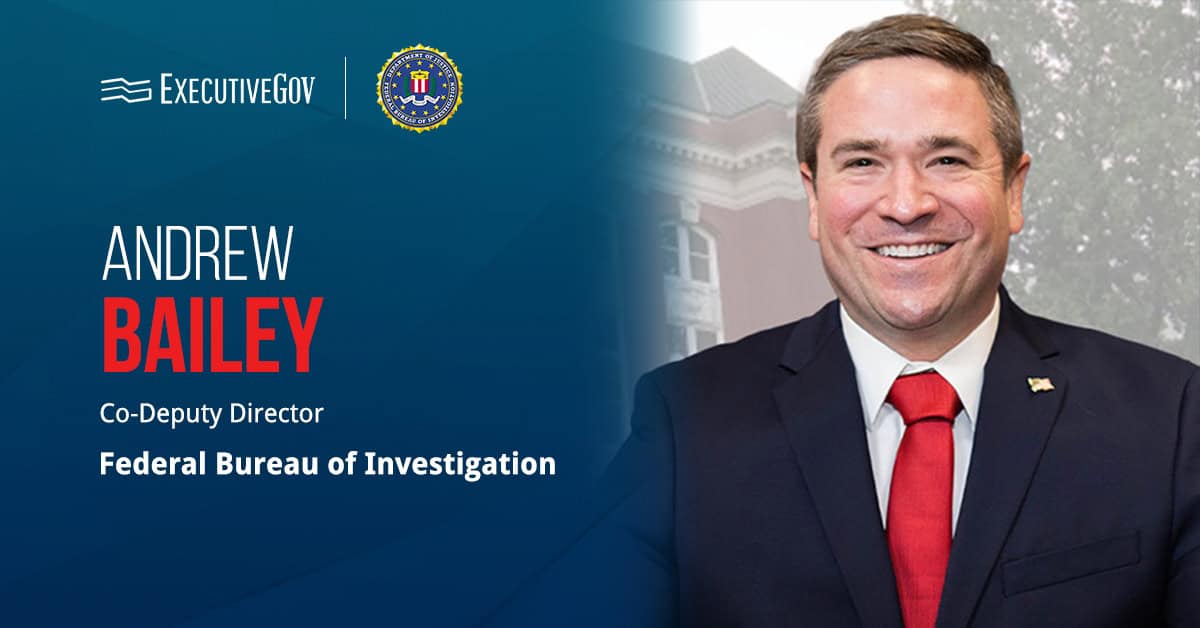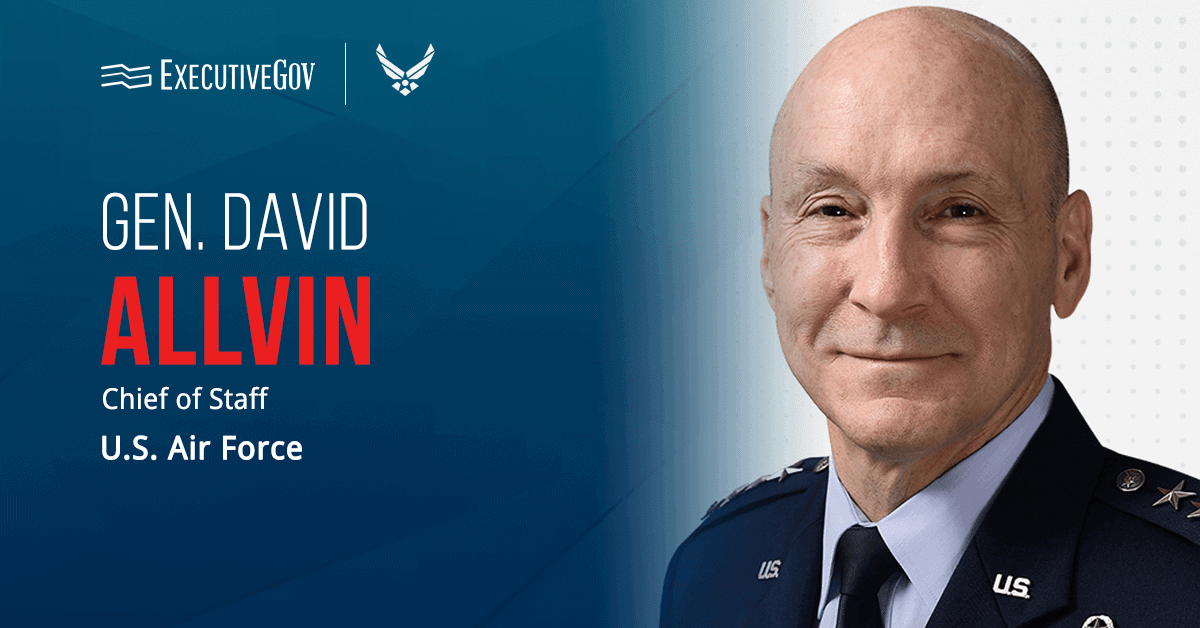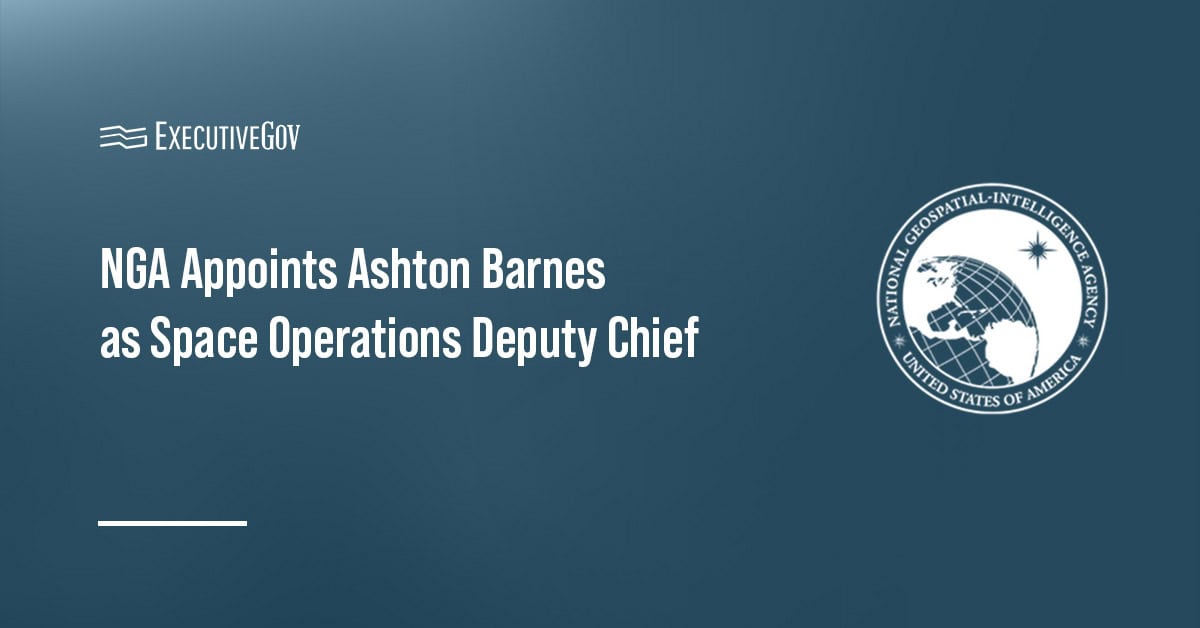The U.S. National Science Foundation has launched a new pilot program designed to fast-track the development and integration of emerging technologies into national defense systems.
The agency said Wednesday that NobleReach Foundation will spearhead the program through its Science to Venture platform and collaborate with two NSF Innovation I-Corps Hubs focused on helping with commercialization, building local capabilities, developing a talent network and promoting capital catalyzation.
Table of Contents
End-to-End Support for University Technologies
The multi-year pilot program will identify high-potential research, build a talent pipeline and support commercialization for the technology. It will provide comprehensive support for university innovations by leveraging technology translation approaches including best practices, continuous evaluation and proven frameworks for research commercialization.
The program aims to guide 12 to 20 projects over a two-year period through a structured development process to deliver reusable frameworks and artificial intelligence-powered assets that can be adapted and extended across the lab-to-market ecosystem.
Comments From NSF Executive
“With this effort, we can accelerate the translation of NSF’s investments in basic research to commercially-promising products that drive local economic growth and improve national security,” said Erwin Gianchandani, NSF assistant director for Technology, Innovation and Partnerships.


